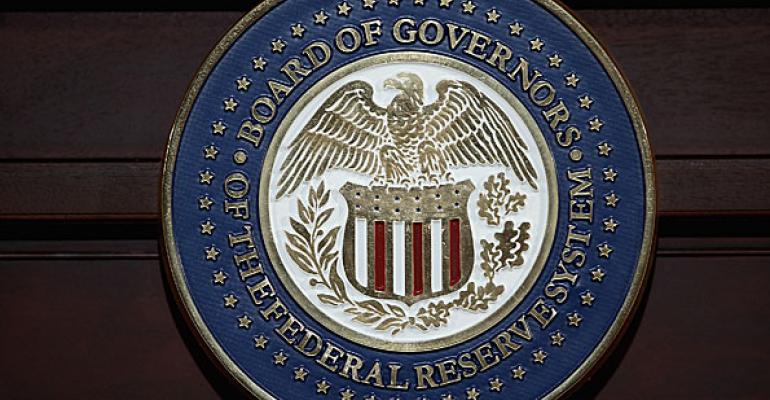In today’s economic climate, are investors’ expectations of the Federal Reserve realistic? Investors have been scorched repeatedly as the Fed’s outlook on inflation and interest rates has consistently been upended by reality.
Investors and financial markets hang on the Fed’s every word regarding the direction of the economy, interest rates and inflation. However, so many factors influence the Fed’s decisions, which makes predicting the outcomes of its actions impossible.
If you had to navigate a ship through a storm while being uncertain about where obstacles lie ahead, there could be a high risk of tearing the hull on a reef, getting blown off course, or running aground. One needs accurate guidance, contingency plans and an experienced team to help find their way through uncertain conditions.
With 2022 being one of the worst years on record for 60/40 portfolio performance, it clearly illustrates that this conventional route to safe harbor is not always as reliable for building wealth as it is historically thought to be. For investors in 2023, the best offense is a great defense. The key to helping investors navigate market cycles is to limit risk exposure and create a roadmap toward financial freedom that balances offensive strategies that potentially perform in upside markets with defensive strategies that aim to protect in falling markets. Investors must think outside the box to build a portfolio that balances risk and plans for outlier events beyond the realm of their experience by diversifying through investment styles as well as asset classes.
What Investors Expect From the Fed
Investors wanting to ease the sting of inflation and volatile markets expect the Fed to raise interest rates 25 basis points a couple of more times, then pivot and start to lower them. The Fed could take a more gradual approach and let higher rates simmer for a while to cool inflation, allowing the slow-moving impact of rate increases to take hold before reversing course and pivoting to lower rates. Alternatively, the Fed may choose a more aggressive stance to tackle inflation by raising rates more than expected and forcing the recession that everyone is talking about.
Reality Check
The job market may be another sticking point in the Fed’s fight, as higher wages could drive further inflation. The U.S. jobs report for January showed that inflationary pressures persist and corporations hold record profits, raising questions about price increases being passed on to consumers. With power shifting from capital to labor, how much longer will consumers absorb price increases that are creating these sky-high profits?
If unemployment numbers start to increase and the jobs-to-unemployed ratios begin to depict fewer jobs available per unemployed person, there will be evidence that the Fed inflation fight is working, and markets will rally—as Americans suffer.
The economic ship is still far from a safe harbor. Traders making short-term profits may benefit, but it is shortsighted to extrapolate news-driven trades out to the broader health of the market. Additionally, as encouraging as it is to see the tech sector bounce back after tens of thousands of people in the overemployed sector continue to get laid off, it does not mean all is clear. Inflation may slow, but it could take a long time to return to the barely perceptible 2% level the Fed says is its objective.
The Importance of Behavioral Finance
Until recently, behavioral finance was an often-overlooked component of financial services. Now more than ever, financial advisors should be equipped with every tool available to help clients avoid unnecessary financial mistakes and navigate increasingly difficult market environments.
Advisors can help clients address concerns about what a Fed-induced recession could mean by examining expectations and employing strategies that account for worst-case scenarios while building a behavioral portfolio that encompasses their purpose, goals and dreams.
To help free investors to look at financial decisions from all different perspectives, it is vital that advisors understand the psychological and emotional factors that influence financial decision-making. Financial advisors need to develop portfolio design and communication strategies that take into account each client’s unique fears, objectives and quirks, leading to more effective, informed and rational decision-making.
The Path Ahead
As investors and financial advisors continue to navigate the markets, it’s crucial to remain vigilant, stay hedged and adopt a long-term perspective when making investment decisions. Incorporating hedging strategies to protect against downside risk, while still allowing for upside potential is essential. Additionally, staying focused on long-term goals with a disciplined approach to managing risk can help clients reach their own personal harbor.
Eben Burr is president of Toews Asset Management. He also serves as a lecturer and coach of applied behavioral finance for Toews’ Behavioral Investing Institute, where he assists in training advisors to build a process for managing investor behavior.





